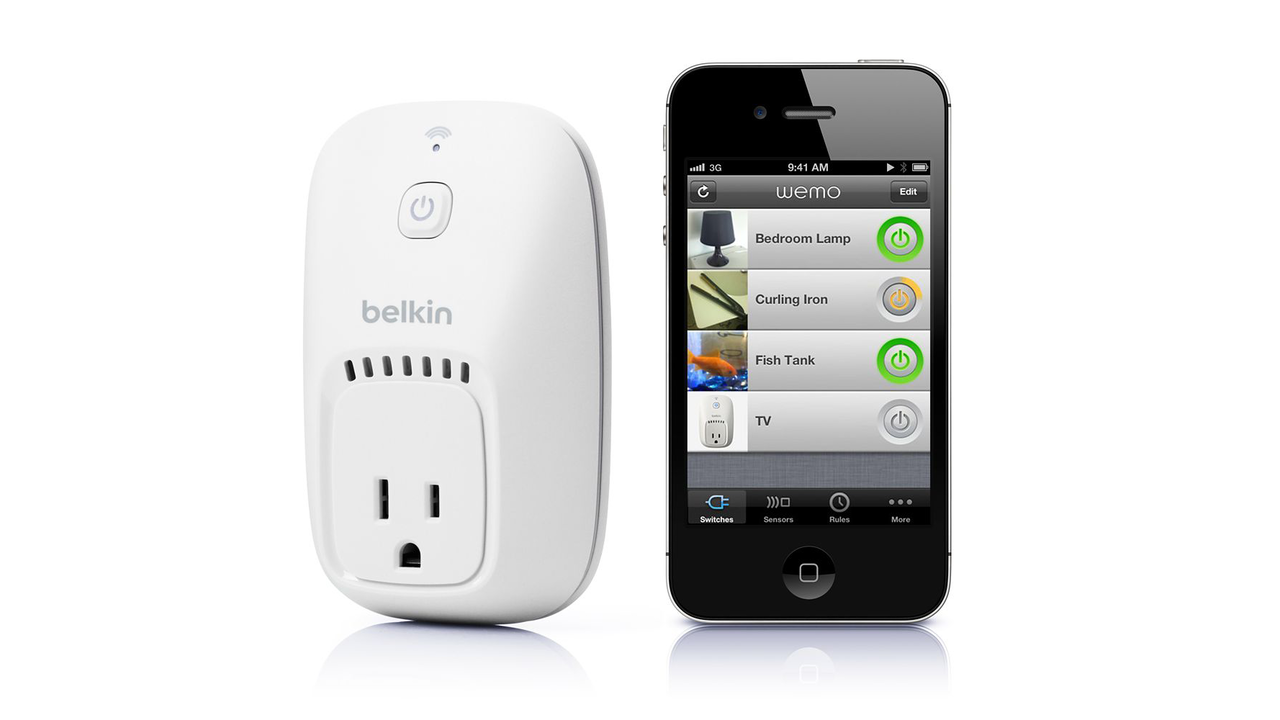 |
Belkin WeMo - a useful device for remotely controlling mains connected devices
|
Over time, I've added a number of constant on components to my home. Ranging from Sonos speakers to added Airport Express access points, my core level of electrical usage has increased to the extent it's become unreasonably expensive. It's good to love the gadgets, but the run costs should also be kept in check.
I'd seen the Belkin Wemo units and wondered about its value, considering the relative high cost for each switch (£35 in the UK). But a course, the temptation of adding new gadgets on my home network while being able to reduce running costs was too good to bear.
I've got 6 WeMo units in place, mainly adding the capability to switch the home theatre, Loft and Bedroom Sonos speakers and Airport access points off and on based on my own time schedule.
Initial indications from my old Wattson, show a 50% drop at night in KWh being used, which will only get better given the relatively few hours the units are on during the evenings and weekends.
Setting up the WeMo's were relatively straightforward. They employ a rather neat and easy setup routine. Each WeMo acts as switch and emits its on open Wi-Fi access point which you join and then run the WeMo software to configure. It seems to run only on the 2.4Ghz wireless N band which my main Billion router runs on, so I had some issues with weak spots around my house (as opposed to my Airport access points which run the 5Ghz band).
The overall set up took easily more than 30 minutes due to the firmware upgrade on the WeMo's which need to be completed on each one. The firmware upgrade didn't always go smoothly. Often, the app status screen appeared to still say firmware was upgrading, despite the WeMo itself switching itself off as part of the process. Something for Belkin to improve.
Other notable features are its range of integration possibilities with IFTTT which to be honest, I've not had the time or the inclination to investigate at this time (largely due to other product reviews I'm working on). An simple example is to send me an email when any of the WeMo units turn on.
In terms of product platform, the WeMo product offers a good base for improvements and added capabilities in the future. One such area would be to add energy monitoring and reporting from each switch. No signs this is an area Belkin may ever want to go into, but we live in hope.
From an app perspective, an Android Beta is current available (release notes suggest it's for the Samsung Galaxy S3, though it works on HTC One). As a beta it's buggy and needs polishing, and Belkin advise there will be a full release version this year. Strangely though, there is no PC app/browser way to control the switches and no indication that Belkin will release one. How times have changed.
I should mention there is a Motion controller companion product which adds obvious capabilities in activating the WeMo's based on motion detected in that room. Lots of automation possibilities based on that. Bulky and awkward looking, I did not opt to use one of these units.
So overall, I'm reasonable happy. Design-wise, it's a bulky unit, made to look further ugly when you add cube extension to its to control a group of electrical items running off the same WeMo, but useful nonetheless.
So I can schedule when they activate and override them, even when I'm away from home. And it's reducing my core electric costs. For a ~£200 outlay for 6 x WeMo, my foray into Home Automation has finally started. Time will tell how well these work out, though it feels right.
Now, where's that Nest Thermostat launch for the UK market?



